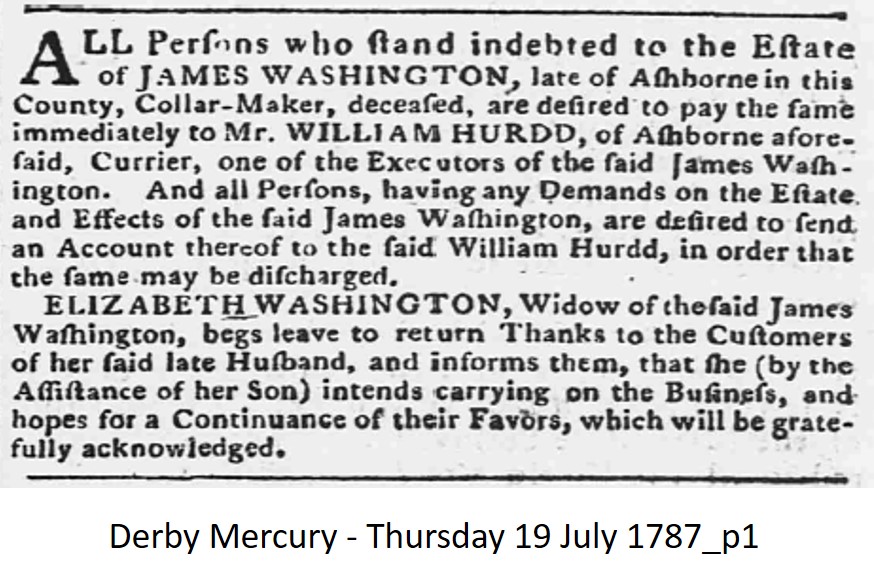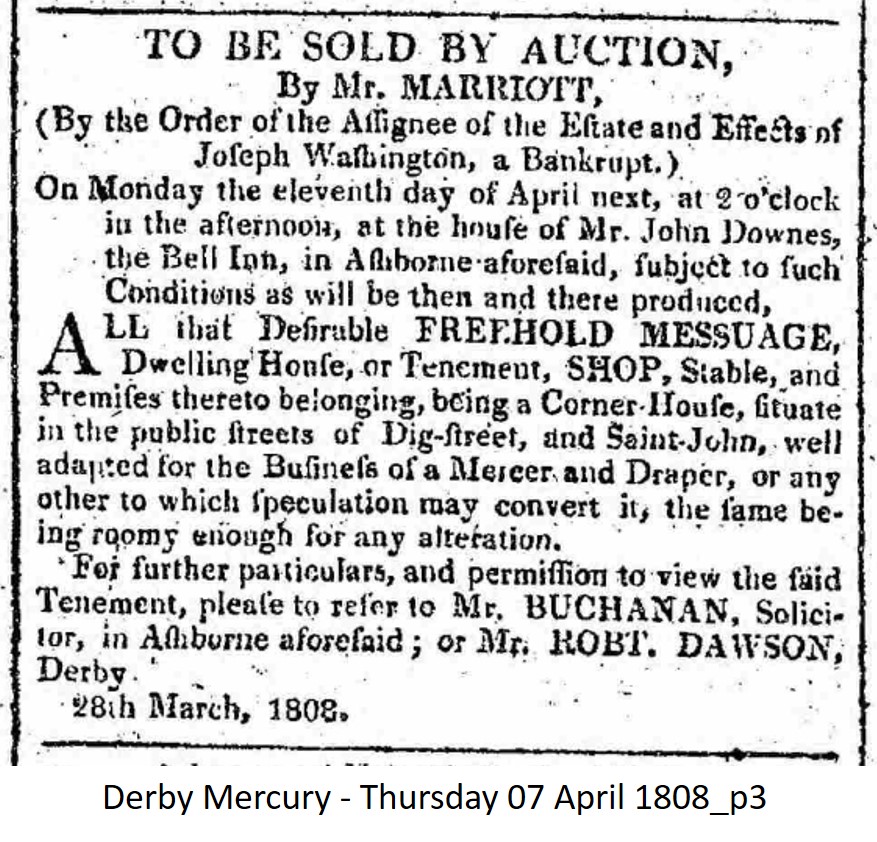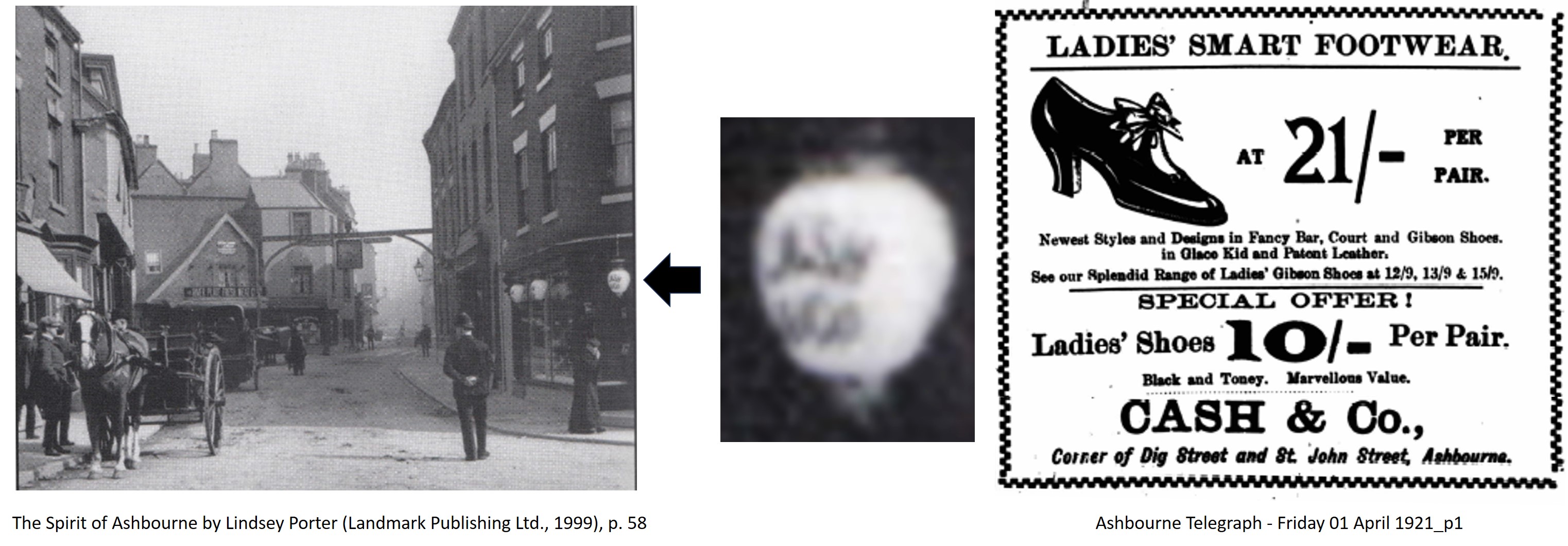
2 St John Street
Highlights
▪ Grade II listed
▪ Built in the 18th century
▪ Distinctive curved corner
▪ From c1775-1923 has been occupied by a blacksmith, saddlers, boot and shoe shops, and drapers
▪ From 1925, for almost 100 years, it was a bank
▪ Since 2020, it has been the Bank cocktail bar and bistro
More information
Number 2 is on the south side of the street at its western end on the corner with Dig Street.
The Building
The Grade II listed building is 18th century constructed from red brick with a distinctive curved corner including the roof eaves and cornice. It has a tiled roof and is three stories high with five sash windows (on first and second floors), two facing each street and one on the corner. The glazing is late 19th century and the lintels above the windows are trapezoidal in shape and are painted. The ground floor is stone faced with modern reproduction Georgian windows.
The History of its Occupation and Use
The earliest Land Tax record for 1780 shows Edward Banks as the owner and occupier but it is believed he had been on the premises for some time. Advertisements appeared in 1775 and 1782 for a messuage and blacksmith’s shop in the possession of Edward Banks.
By 1785 at the latest, James Washington, who was a collar maker, became the owner and occupier and, after he passed away in 1787, he was succeeded by his wife Elizabeth who announced she would carry on the business with the assistance of her son (see below).

From c1794-1808, her son Joseph Washington is listed as the owner and occupier and in the 1793 commercial directory he is listed as a saddler.
In 1808, Joseph Washington was declared bankrupt and “By the order of the assignee of the estate and effects” the property was put up for sale by auction (see below).

From 1809-11, Land Tax records report the occupier as “Void” which presumably means vacant but from/after 1812 until 1832, Samuel Johnson, boot and shoe maker, and Ralph Oakden, perfumer and hairdresser, are listed as owners and occupiers. In the 1828-29 commercial directory, Samuel Johnson is listed on St John St while Ralph Oakden is listed on Dig St which indicates the property extended down Dig St. This is confirmed by the 1846 tithe record and 1849 tithe map when Samuel Johnson and Jane Oakden (Ralph’s wife) were still occupiers.
Samuel Johnson remained until at least 1855 and then taking his place from no later than 1857 until c1862, was Rupert Percy Spooner, a saddler & harness maker.
From c1864 until 1895, the Smith family (first John and then son William) ran their draper’s business from the premises and from 1895-1908 they were succeeded by another draper, Charles Herbert Coates (see advertisements below).

In 1907, Coates’s drapery relocated to Victoria Square and the following year Cash & Co, boot makers, had taken over the premises. The photograph below left shows Cash & Co’s shop (right middle) while the advert below right gives the address as “Corner of Dig Street and St. John Street”.

Cash & Co moved to the Market Place in 1923 and by 1925 the building became a bank, at first named Williams Deacon’s, then in 1970 Williams & Glyn’s, and then in 1985 Royal Bank of Scotland (RBS). The Ashbourne RBS branch closed in 2019 and the The Bank cocktail bar & bistro opened in 2020.

© PaulThompson 2025
You may also be interested in...
